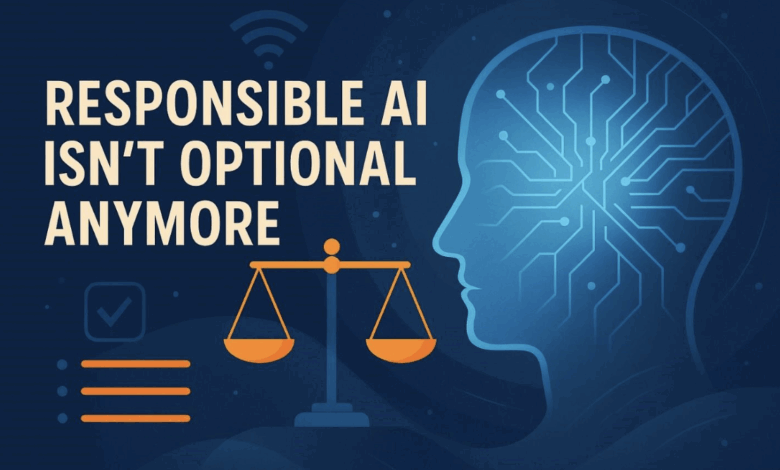
When we started building AI-powered cybersecurity tools at Cyberoon, our initial goal was pretty straightforward—stop attacks faster. At the time, I honestly didn’t think much about things like model bias, explainability, or AI ethics. It just didn’t seem like the most urgent issue.
But that changed quickly.
I remember one deployment where our system flagged a set of login attempts as highly suspicious. The client panicked. Their team escalated it thinking it was a credential-stuffing attack. We pulled the logs, checked the trace—and it turned out to be a misconfigured internal service running a backup script. Totally harmless. Embarrassing? A bit. But more importantly, it showed us the gap. The system gave a result, but no explanation.
That’s when it dawned on me. If we’re providing people with black-box outcomes without context, we’re providing confusion, not clarity. And so from that moment on, we began to work on explainability—not because it was cool, but because clients wanted it. They needed to understand why the model believed something was a threat.
We started putting visible reasoning behind each alert. If something is flagged by a model, it now indicates which features it did so with, what such events it matched historically, and even what confidence level the system has. It’s far from perfect, but it did alter people’s faith in the output.
And then there’s bias. I’m going to be frank—we did not consider it in the beginning. But one of our models began doing badly when it was run in a network environment which was quite different from the data on which we trained. Different geography, different architecture. It failed to notice things it ought to have. That was on us. Since then, we’ve made it routine to include diverse data in all iterations of training and to test the model beyond its comfort zone.
Not all our experiments work. We’ve built models that looked good on paper and failed in the wild. We’ve had false positives flood SOC dashboards and frustrate security teams. One of our clients even paused their deployment until we fixed the issue. That hurt. But honestly, it made the product better. Feedback, even the rough kind, drives improvements.
One thing I’ve learned the hard way is responsible AI is not fair alone. It’s resilient. If you create a model that’s good for lab conditions alone, it’s not going to last in production. That’s why we also consistently test attack scenarios using new tools and techniques. Some such our models detect, some it does not. But it’s all good—as long as we learn something from every miss.
And by the way—and I mean this strongly—we engage actual human beings from day one. Security analysts, IT engineers, SOC leads are all part of the design process. What they ask formulates what we are building. And if they tell us “I don’t trust this output,” then we listen. Trust is all you’ve got in this industry.
These are modern days though, and the regs are catching up too. And I’m frankly glad about it. If you’re building AI for security or mission critical infrastructure, you should understand why it behaves the way it does, show good audit trails, and prove you’ve considered edge cases. We don’t await to be told—we bake it in.
I won’t pretend we’ve solved everything. There are still edge cases that surprise us. But I’d rather admit that than pretend we’re perfect. Our goal isn’t perfection—it’s progress.
So if you ask me if responsible AI matters? Yeah, it does. Not because it’s fashionable, but because we’ve seen what happens when it’s absent. Bafflement, false alarms, shattered trust. And once you lose trust, no one is helped by AI.





